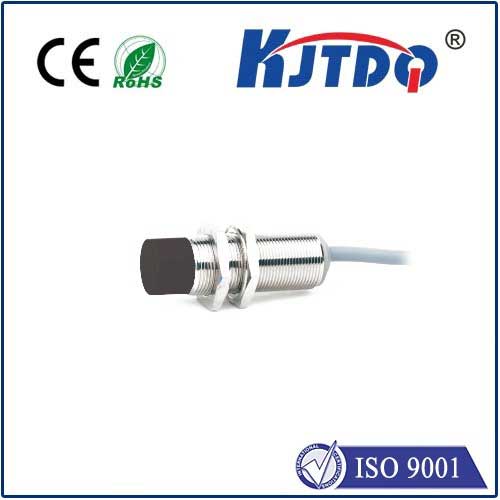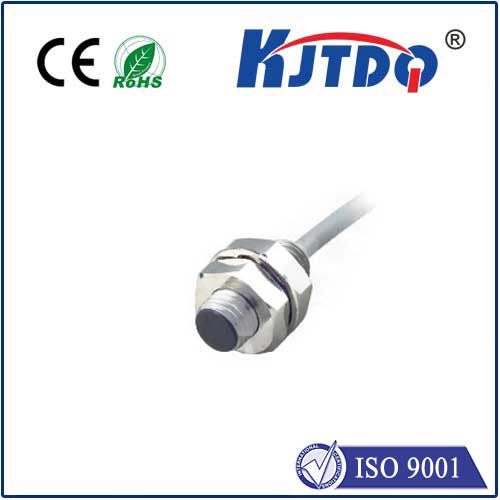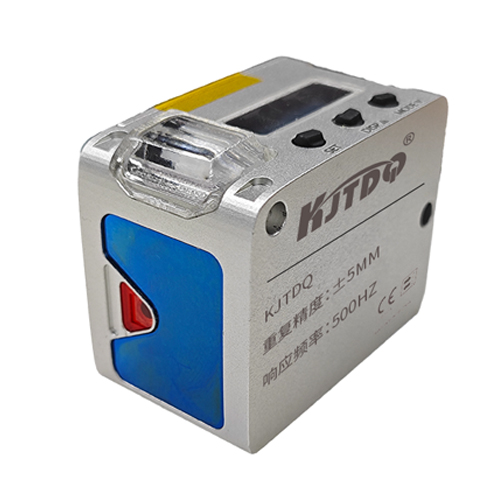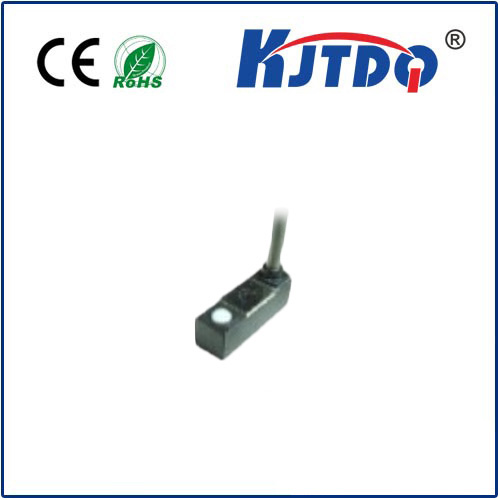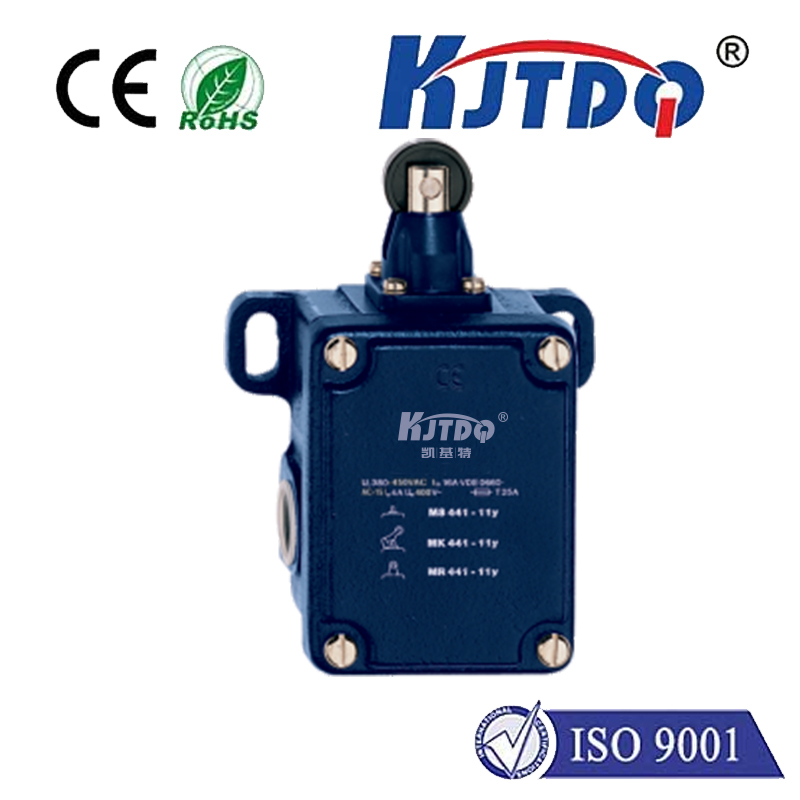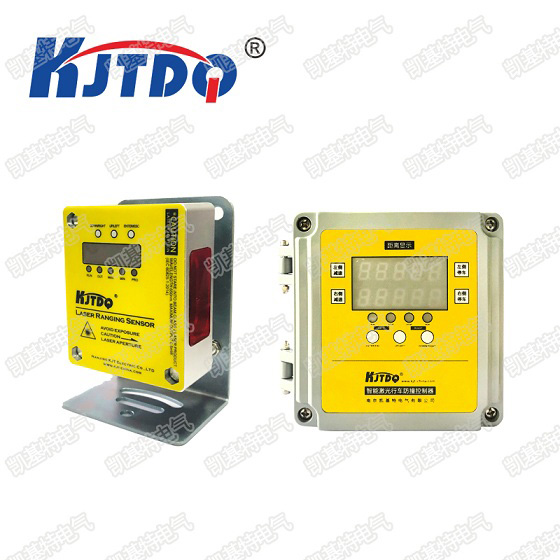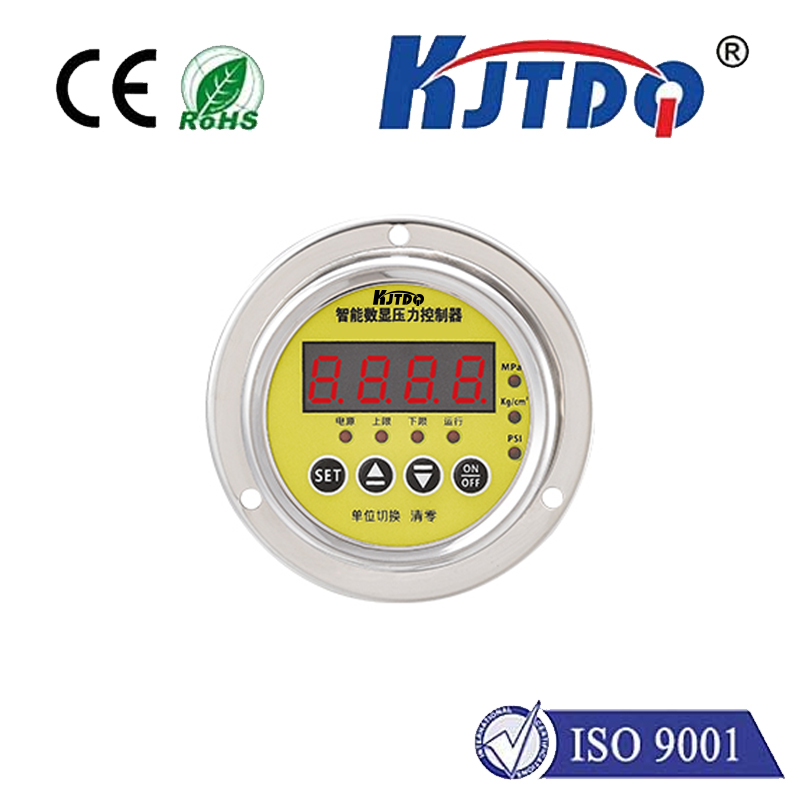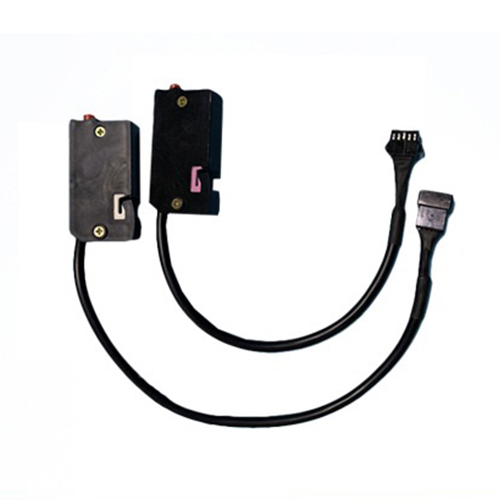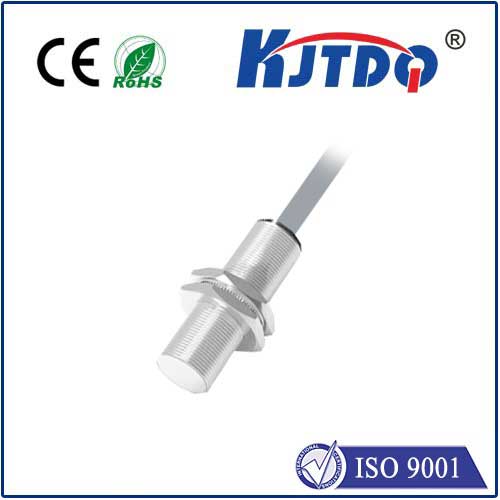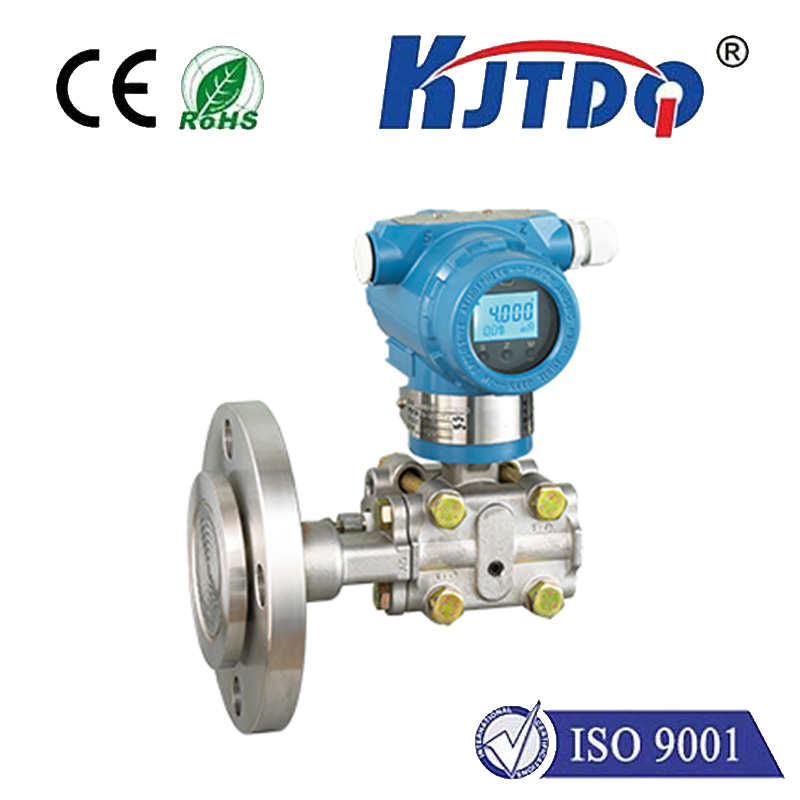proximity sensor cny70
- time:2025-07-21 08:56:32
- Click:0
Unlock Precision Detection: The Ultimate Guide to the CNY70 Proximity Sensor
In the unseen dance of modern automation and electronics, countless components work tirelessly. Among these unsung heroes, proximity sensors play a pivotal role, acting as the “eyes” for machines. When it comes to reliable, cost-effective, and robust reflective sensing, few components are as enduringly popular as the CNY70 proximity sensor. This ubiquitous little device has found its way into printers, industrial machinery, robotics, and countless other applications, silently enabling precise object detection for decades. But what makes the CNY70 so special? Let’s delve into its workings and why it remains a go-to solution for engineers and hobbyists alike.
The Core Principle: Seeing with Light
At its heart, the CNY70 proximity sensor is a reflective optical sensor. Its magic lies in the clever use of infrared (IR) light. The sensor integrates two key components within a single, compact black epoxy package featuring a distinctive slot for light passage:
- Infrared Emitting Diode (IRED): This acts as the light source, emitting a beam of invisible infrared light.
- Silicon Phototransistor: Positioned adjacent to the emitter, this component acts as the detector, sensitive to the same wavelength of IR light.
Here’s the elegant simplicity of its operation:
- The IRED emits a focused beam of infrared light outward through the slot.
- If no object is present within its sensing range, this light dissipates, and the phototransistor remains “off” (non-conducting).
- When an object enters the sensor’s detection zone, the emitted IR light strikes the object’s surface.
- A portion of this light is reflected back towards the sensor.
- The reflected IR light passes back through the slot and falls onto the phototransistor.
- The phototransistor detects this reflected light, causing it to become “on” (conducting), effectively switching its output state.
The fundamental action of the CNY70 is thus a digital switch, changing its output state based on the presence or absence of a reflective object within its defined range. This operation makes it a classic example of a reflective optical sensor.
Why the CNY70 Stands Out: Key Features and Advantages
The sustained popularity of the CNY70 proximity sensor isn’t accidental. It offers a compelling blend of features:
- Excellent Electrical Isolation: A crucial safety feature, the CNY70 provides galvanic isolation (typically > 5,000 V) between the emitter (input) and detector (output) circuits. This protects sensitive control logic from potential voltage spikes or noise originating from the power side driving the IRED, or vice-versa.
- Compact and Durable Package: The small, slot-shaped, black epoxy housing is mechanically robust and designed to minimize interference from ambient light sources. Its design pushes the emitting and receiving elements slightly forward, enhancing its ability to detect objects entering the slot.
- High Sensitivity & Defined Sensing Distance: Designed with optics optimized for close-range detection, the CNY70 excels at reliably detecting objects within a typical range of 0.2 mm to ~15 mm. Its high sensitivity allows it to work effectively even with moderately reflective surfaces.
- Simple Integration: Operating the CNY70 is fundamentally straightforward. The IRED requires a current-limiting resistor (commonly around 150-220Ω for a 5V supply). The phototransistor output can be directly connected to a microcontroller input (often using a pull-up resistor) or used to drive a transistor/logic gate, providing a clean digital signal (HIGH/LOW or ON/OFF).
- Cost-Effectiveness: As a mature, mass-produced component, the CNY70 proximity sensor offers exceptional value for its functionality and reliability, making it ideal for cost-sensitive applications.
- Fast Response Time: With a typical rise/fall time of 15 microseconds, the CNY70 is capable of detecting objects moving at relatively high speeds, suitable for many automation tasks.
Where the CNY70 Finds its Purpose: Diverse Applications
The versatility of the CNY70 reflective optical sensor has led to its adoption across numerous fields:
- Sheet/Paper Detection: Ubiquitous in printers, photocopiers, and ATMs for detecting paper jams, presence at feed points, or end-of-roll detection.
- Object Counting & Presence Verification: On assembly lines for counting parts, verifying placement of components, or confirming the presence of bottles, packages, or lids.
- Position Sensing: Detecting the home position of carriages in printers or scanners, or sensing the open/closed state of doors or covers in appliances.
- Edge Detection: Guiding robots or machinery along edges (e.g., following a line on a contrasting background).
- Robotics: Used for simple obstacle detection, line following, or proximity sensing in wheeled or robotic arms.
- Vending Machines: Verifying coin entry, product dispensing, or door closure.
- Industrial Automation: General-purpose object detection in machinery for process control and safety interlocks.
- Automotive: Non-critical position sensing within various vehicle subsystems.
CNY70 Technical Glance
Understanding the sensor’s core specifications helps in effective implementation:
| Key Parameter |
Value |
Notes |
| Emitter Type |
GaAs Infrared LED |
Peak Wavelength ~ 950nm |
| Detector Type |
NPN Silicon Phototransistor |
Responsive to IR wavelength |
| Isolation Voltage |
> 5000 V RMS |
Critical safety feature |
| Sensing Distance |
0.2mm to ~15mm |
Highly dependent on object reflectivity and ambient light |
| Response Time |
15 µs (Typical) |
Enables high-speed object detection |
| Forward Current (LED) |
60 mA (Absolute Max) |
Requires external current limiting resistor |
| Collector Current |
50 mA (Max) |
Output current capability |
| Operating Temperature |
-55°C to +100°C |
Suitable for demanding industrial environments |
Variants and Compatibility
While the CNY70 proximity sensor (often sourced from various manufacturers now, like Vishay) remains the benchmark, a popular variant exists: the CNY70-2H. This variant is functionally identical but boasts a slightly higher collector-emitter voltage rating and reverse emitter-collector voltage rating, offering enhanced robustness in specific circuit designs. For most standard applications, both types are interchangeable.
Implementing the CNY70: Key Considerations
To maximize the performance of your CNY70 reflective optical sensor, keep these tips in mind:
- Mounting: Ensure the sensor is securely mounted so the gap faces the detection area. Avoid excessive vibration.
- Ambient Light: While the black housing helps, strong ambient light (especially sunlight or fluorescent lights containing IR) can interfere. Shielding the sensor slot or using modulated light sources (more complex) can mitigate this. Testing in the final environment is crucial.
- Target Reflectivity: Performance varies significantly with the target’s surface. Highly reflective surfaces (white paper, metal) work best. Dark, matte, or very shiny mirrored surfaces can cause unreliable detection. Experimentation or using specific reflectors/tapes might be necessary for challenging surfaces.
- Optical Alignment: Ensure the IRED and phototransistor paths are unobstructed and aligned towards the intended detection point. Dust or contamination in the slot will impair function.
- Electrical Protection: Although robust, consider basic protection like a reverse diode across the IRED (if inductive loads are nearby) and transient voltage suppression on the phototransistor side, especially in electrically noisy environments.
Conclusion: An Enduring Workhorse











